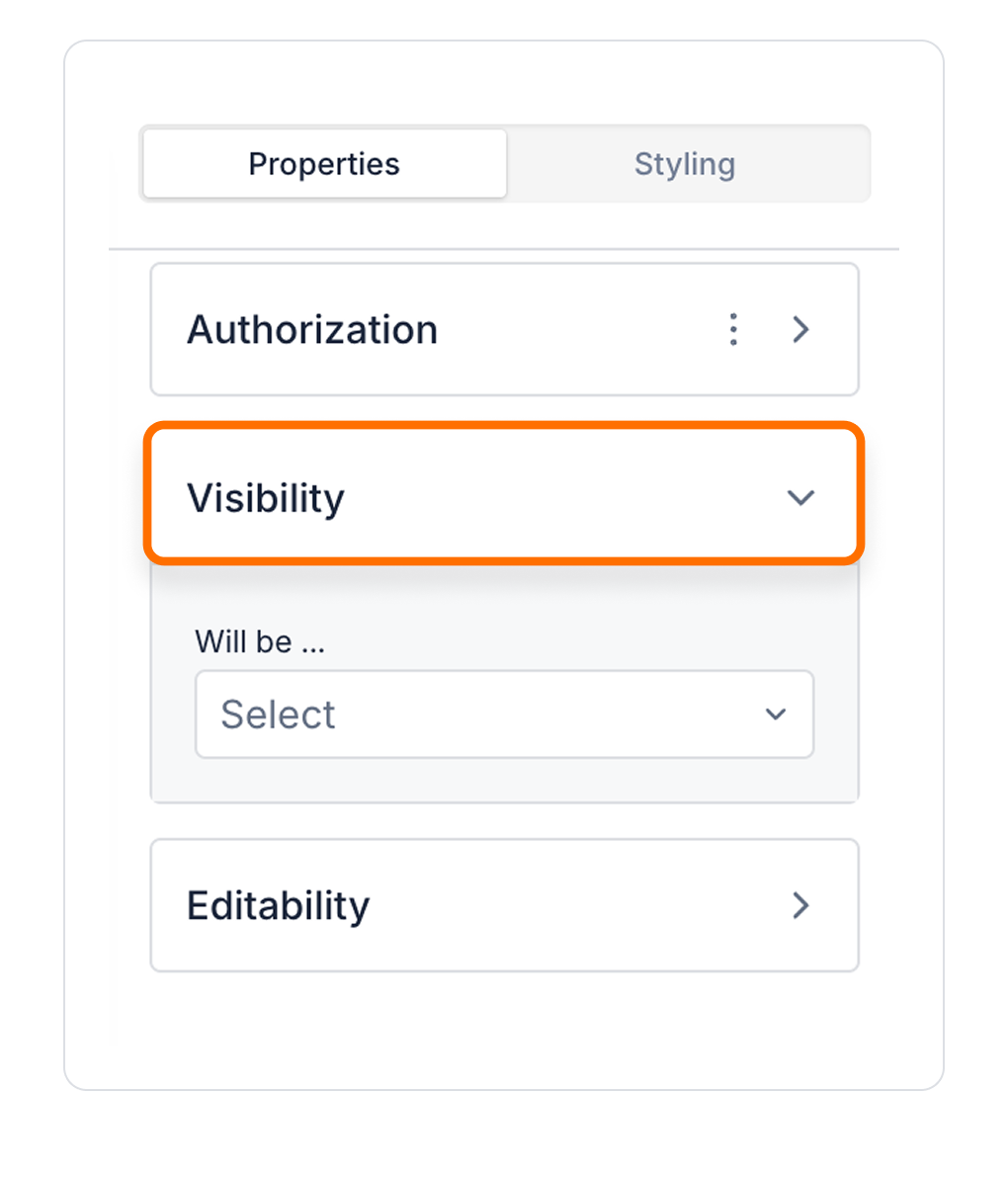


Kuika's QR Renderer element is used to dynamically generate and display QR codes in your application. QR codes allow users to quickly scan and access specific data or a link. They are typically scanned by mobile devices and used to direct users to a specific page, share a link, or initiate a transaction. For example, you can display a QR code for a checkout page or event ticket. In this tutorial, you will learn how to create and display QR codes in your application using the QR Renderer element.

You can configure the properties of the QR Renderer element in the Properties panel on the right sidebar.

QR code creation in Kuika is an effective way to improve the user experience in your app and make data more accessible. QR codes are often used in product tracking, user verification or mobile payment systems.
The first step to create a QR code is to select the data you want to convert into a QR code. This data is usually kept in string format and is converted to base64 format during the QR code generation process. In this example, you will learn how to create a QR code using the URL element.




After these processes are completed, the QR code of the entered URL will be generated automatically.
To display the QR code on a different screen, you can use the Navigate action to redirect to a new screen.





Once this process is complete, your QR code will be displayed on the screen you just created.
Mobile devices and scanners can be used to scan QR codes. Simply add the Scan Barcode action to the element where you want to scan the QR code.

This action allows users to scan the QR code via their mobile device or browser.
Important Notes
Authorization

To manage access control at the element level, you can use the Authorization section in the Properties panel.
Access Types
Anonymous
Allows all users to view the element without logging in.
Restricted
Restricts access to only verified users or specific roles.
Unauthorized Behavior (Hide / Disable)
If the user does not have the required role, you can specify how the element should behave in the Choose field:
This setting is used to manage how unauthorized users encounter the element.
Visibility

Always Visible: The element is always visible.
Hidden: The element is hidden.
Sometimes Visible: The element becomes visible based on specific conditions.
When Sometimes Visible is used, AND / OR groups can be added directly, allowing visibility rules to be grouped and more complex scenarios to be managed easily.
To configure the setting:


By customizing your elements with the Styling Panel, you can create impressive interfaces for your web and mobile applications. In this section, you can configure the following settings:
By following these steps, you can configure the Area Chart element to suit your needs.